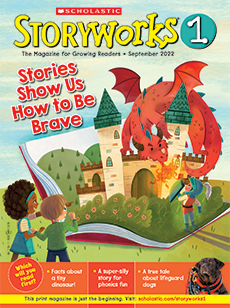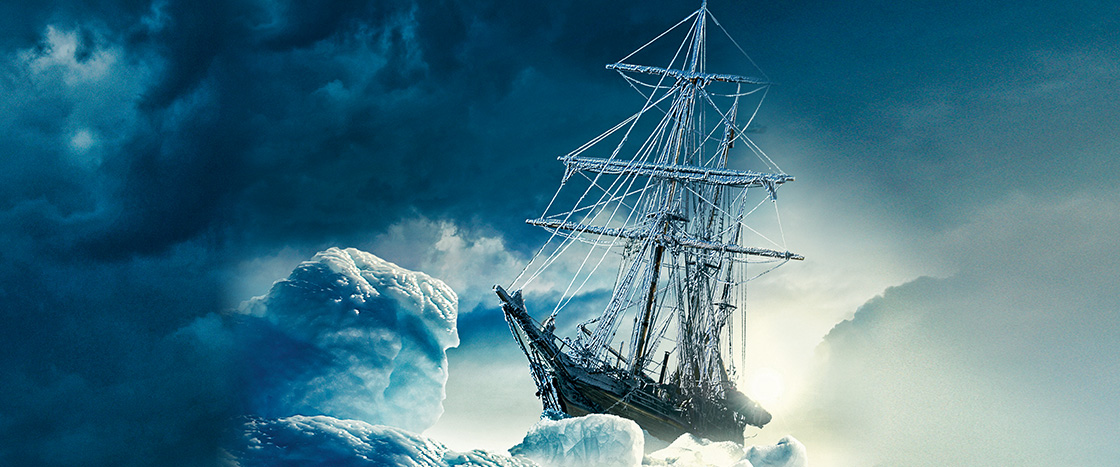ADOC-PHOTOS/CORBIS VIA GETTY IMAGES
More than 100 years ago, Ernest Shackleton had a dream. He wanted to be the first explorer to cross the frozen land of Antarctica.
But first he had to get there. That meant sailing across a dangerous, icy sea.
Shackleton had a ship named the Endurance and a crew of 28 men. They were excited to go, even though the extreme cold would not be easy.

